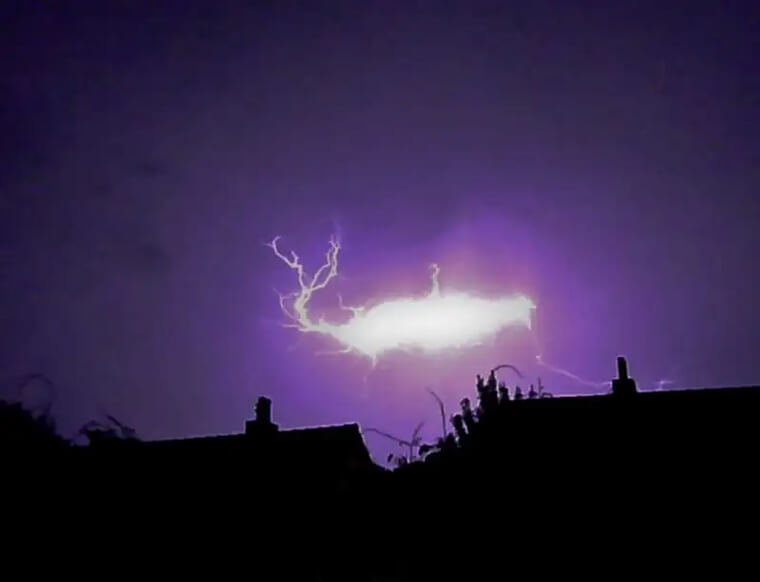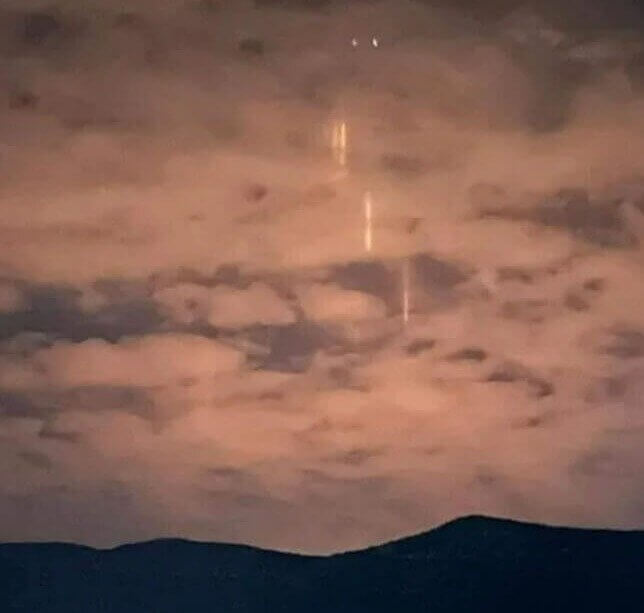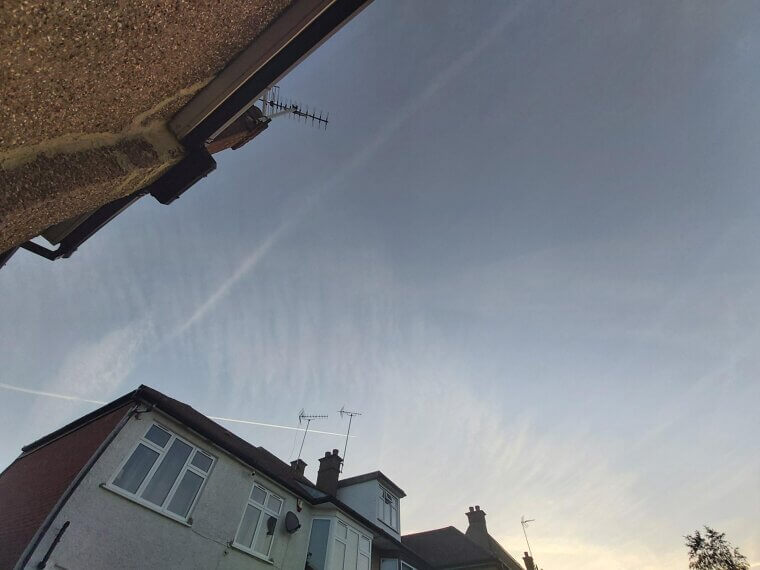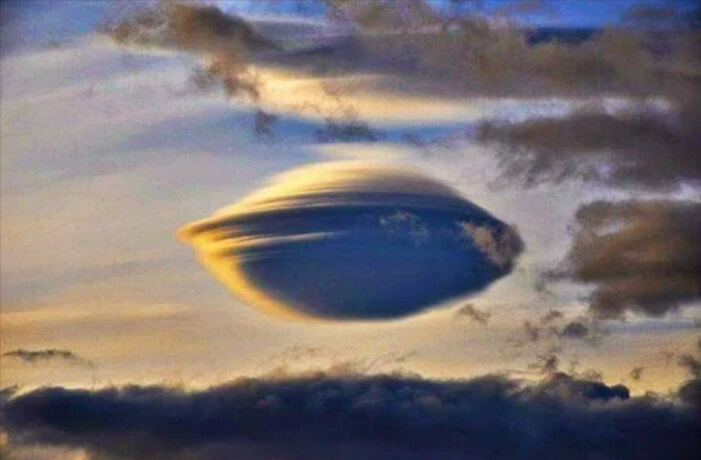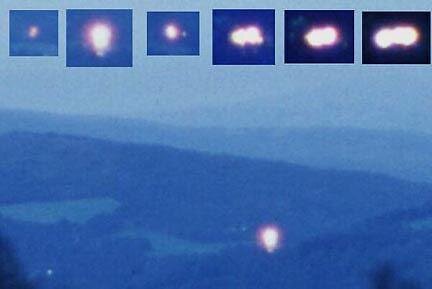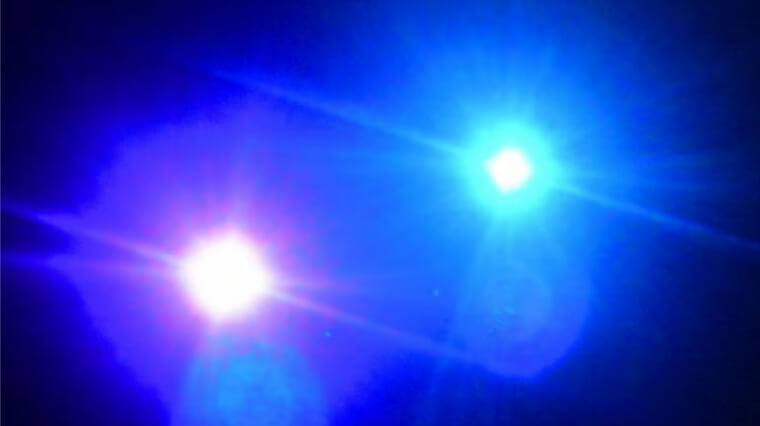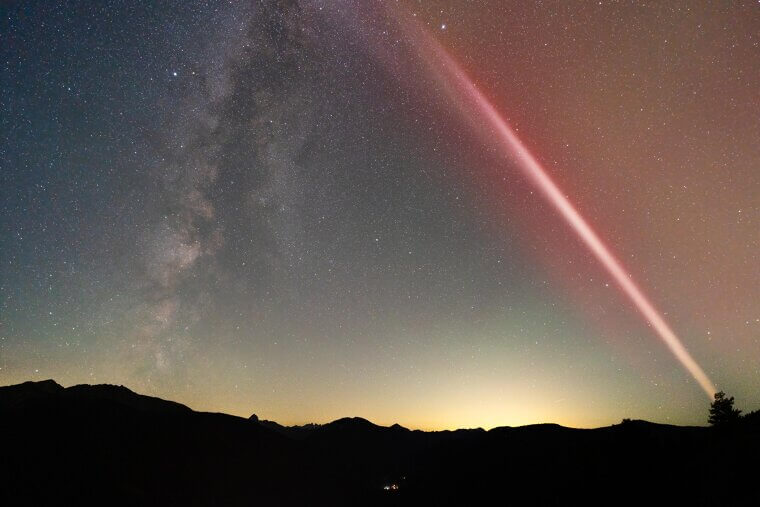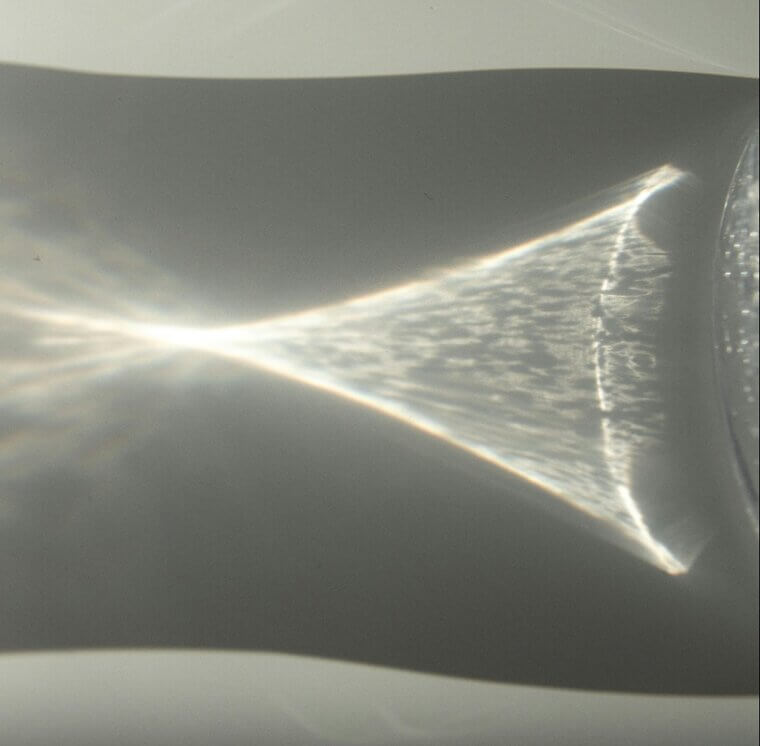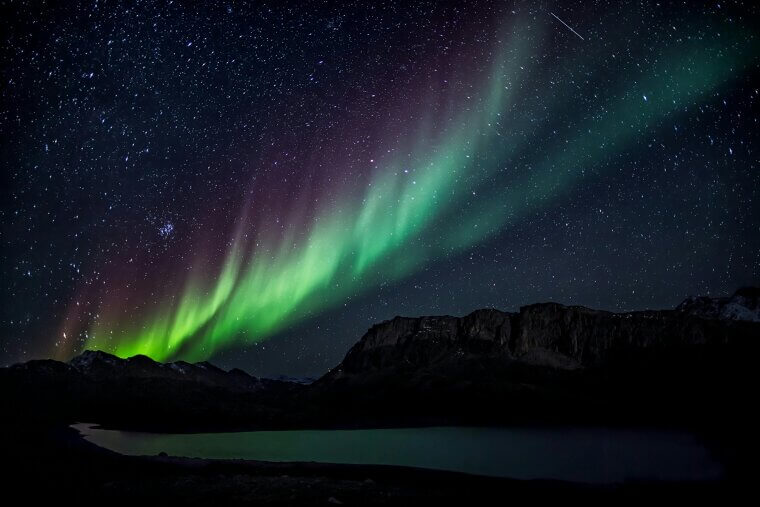Ball Lightning
Ball lightning sits on the boundary between folklore and physics. Witnesses describe glowing orbs drifting through stormy air, sometimes near power lines or fresh strikes, then fading or exploding like a startled soap bubble. Ideas compete: vaporized soil or silicon burning in oxygen, microwave pockets inside storm fronts, dusty plasma vortices, and oxidized aerosols. Data exist, but no single mechanism explains every report. If curiosity bites, watch from a solid shelter, not a field. Many cultures framed the spheres as omens or ghost lights. Today, researchers chase spectra with high-speed cameras.
Earthquake Lights
Earthquake lights appear as fleeting glows, streaks, or hovering orbs around faults during major earthquakes. Reports cluster along rifts, subduction zones, and places where fractures reach the surface, leaving onlookers baffled and recording phone videos. Hypotheses include electric charges from stressed rocks, piezoelectric sparks in quartz, triboluminescence in fractured minerals, or power grid arcing mistaken for nature. The pattern is real yet inconsistent, so timing remains unreliable. You cannot chase it. Histories mention prequake lights for centuries. Modern teams pair seismic arrays, all-sky cameras, and EM sensors to catch physics.
The Hum
The Hum is a low, persistent buzz that only some people hear, which is unfair and a little spooky. Clusters pop up in coastal or industrial towns, then fade like a rumor with earplugs. Candidates abound: microbaroms from colliding ocean swells, distant machinery, ventilation resonance, tinnitus, and the power of expectation whispering in quiet rooms. Many cases localize to a few blocks or even one household. Nighttime makes it louder to some ears. Communities swap coping tips and crowd maps. Researchers use acoustic beamforming and infrasound arrays to untangle sources.
Skyquakes
Skyquakes are sudden booms that arrive without smoke or fireworks, often along coasts and big lakes. Explanations vary by day: sonic booms, shallow earthquakes, meteors, offshore thunder funnelled by temperature inversions, and even bursting froth where heavy surf traps air. The signature is usually muddy, so one tidy cause refuses to emerge. People report calmer, cooler days when sound carries gossip. Names endure, from Seneca Guns to Barisal Guns. Scientists deploy dense arrays that link microphones, pressure sensors, and seismometers to triangulate whatever banged the sky for clues.
Hessdalen Lights
In Norway’s Hessdalen valley, lights drift, pulse, or sprint along hillsides, ignoring schedules and cheerfully wrecking tidy theories. Cameras have recorded genuine luminous events for decades, so hoaxes are not the main character here. Hypotheses range from dusty plasma sparked by metallic minerals to piezoelectric charging, aerosol combustion, and quirky atmospheric waveguides. Winter visits with local guides improve odds, along with patience and warm boots. The community leans into festivals and citizen science nights. Researchers chase spectra, triangulate with radar, and hope chemistry and motion will finally reveal their engine.
Min Min Lights
Min Min lights haunt Australia’s outback as distant bobbing glows that appear to follow travelers, a perfect recipe for campfire stories. Western Queensland reports them most, across long flat horizons where mirages thrive. Ideas include superior mirages bending distant headlights, bioluminescent insects drifting on breezes, and piezoelectric sparks flickering over dry flats. Behavior varies wildly, hinting at multiple culprits wearing one name. Clear, cool nights are best. Aboriginal stories describe the lights long before cars. Scientists test thermal layers and use synchronized camera baselines to measure distance, speed, and shape.
Fairy Circles
Fairy circles dot desert grasslands with polka dots, bare patches surrounded by taller grasses arranged with suspicious neatness. They cover parts of the Namib and Western Australia, creating patterns that persist for decades yet shift with rainfall. Explanations split the bill between self-organised vegetation competing for scarce water and subterranean termite engineering, or both working together like serious landscape artists. Aerial views reveal hexagon-like spacing that would make a honeybee proud. Local lore speaks of spirits’ footprints. Scientists build coupled models that mix ecology, soils, and insect behaviour.
STEVE
STEVE resembles a slim, purple ribbon with green picket fencing that appears across mid- to high-latitude skies. It is not a classic aurora, even though it loves geomagnetic commotion. Satellite passes and ground cameras show hot fast flows in the upper atmosphere that heat and excite gases differently from normal auroral arcs. Watch on dark, clear nights during active space weather in Canada, the northern United States, Europe, the UK, or New Zealand. Citizen photographers helped name it. Researchers refine the chemistry and the flows that drive it.
Terrestrial Gamma Ray Flashes
Terrestrial gamma-ray flashes are brief, intense bursts launched from thunderheads that behave like particle accelerators. In tropical and midlatitude storm belts, strong electric fields appear to kick off runaway electron avalanches linked with lightning leaders and high altitude sprites. Satellites and aircraft have recorded intense bursts, sometimes with telltale antimatter signatures. Scientists track storms from orbit and planes rather than standing in a cornfield with sunglasses. The lesson is delightful. Ordinary weather hides extraordinary physics. The next challenge is pinpointing the trigger sites inside storm cells.
Auroral Sounds
Auroral sounds are reports of soft crackles, pops, or whispering sweeps heard under bright northern lights. Strong displays on very cold, calm nights seem to be the best setup, which suits storytellers and patient listeners. Candidates include tiny near ground discharges in charged inversions, psychological coupling to dancing light, static from dry clothing, or echoes from forest canopies. Controlled recordings are rare, yet a few synchronized captures exist. For a chance, stand away from crowds and wind, silence electronics, and listen. Instruments now combine audio, electric field, and optical imagery.

